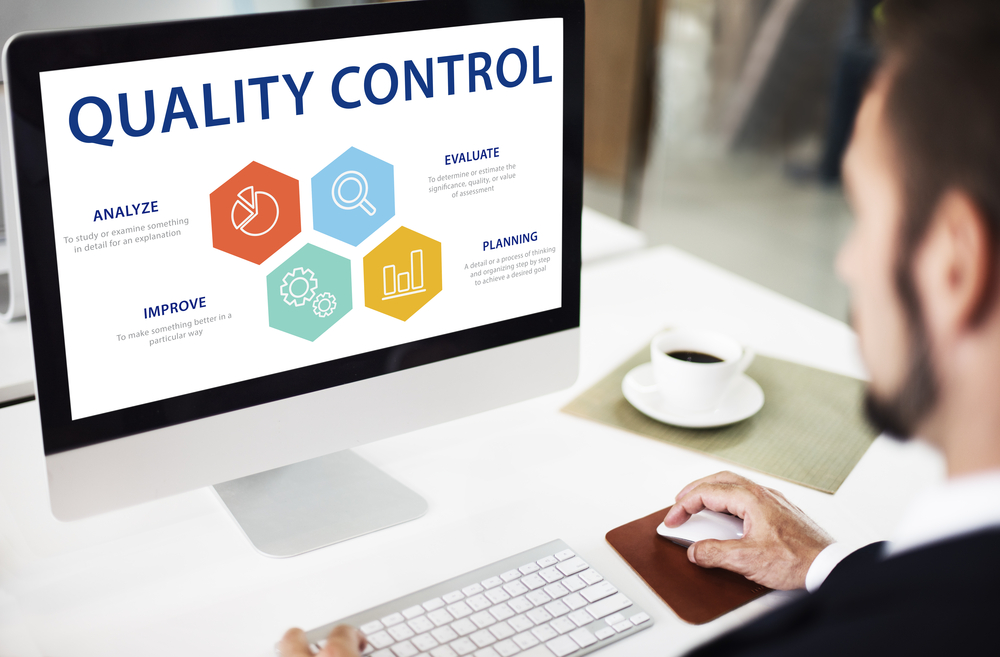Shop Floor
Work Orders are crucial to production, providing key details for every component of the final product. Monitoring materials, managing labor costs, collecting product data, and ensuring the finished product meets your company’s standards are all integral to shop floor processes.

"In today's fast-paced world, finding a partner who truly embodies integrity and genuine responsiveness can feel like searching for a needle in a haystack. With abw.com and, specifically, Zerrial Bass, it's been the complete opposite. From our very first interaction, his commitment to understanding our unique needs was evident. He didn't just listen; he heard us, and that makes all the difference."

-
Picklists
-
Travelers
-
Order Management Reports
-
Shortage Reporting
-
Work Order Accounting Screen with Drill Down to Detail Transactions
Work Orders
Work Orders are crucial to production, providing key details for every component of the final product. Monitoring materials, managing labor costs, collecting product data, and ensuring the finished product meets your company’s standards are all integral to shop floor processes. ABW is your technology partner, not only keeping abreast of the latest technology, but also continually improving ABW using customer feedback. Witness the significant flexibility achieved through customer feedback.
-
Work Orders can be Created by the BookIt! Feature, MRP, or Manually as Required
-
One-Time, Continuous, Repetitive, and Rework Types
-
Direct and Indirect Labor Supported
-
Can be Standalone or Tied to a Sales Order Line and/or Project
-
Work Order-Specific Bills of Materials/Route/Outside Process Created
-
Well-Defined Interface to G/L
Material Tracking
ABW's Material Tracking can take the form of a simple Picklist, Individual Material Requisitions, Backflushing, or Mass Picking. Lot/Serial Number traceability is recorded. Work Orders are modifiable and can have components added to them. You have the ability to track deviations and generate reports on variances.
-
Picklist Posting for All Components Used on a Work Order
-
Material Requisition for Specific Components on a Work Order
-
Backflush Components Based on Production Posting
-
Mass Pick to Facilitate Picking Similar Components on Multiple Work Orders
-
Returns to Stores Inventory
-
Track Specific Lot/Serial Numbers into Work Orders
-
Multi-Level Backflushing When Using Pay Points

-
Complete Detailed Interface to General Ledger with Complete Auditing Capabilities
-
Shortage Reporting
-
Ability to Add Components to Work Order
-
Tracking of Deviations
-
Variance Reporting

-
Report Work Order, Line Number, Hours, Quantity Produced, and Step Complete
-
Detailed Interface to WIP and General Ledger
-
Labor Report Variance Calculated Automatically
-
Time Variance versus Standard Time in Bill Of Route
-
Comparison to Time Reported to Payroll System
Labor Processing
Labor Processing is crucial in attaining efficiency and budget adherence. ABW’s Labor Processing module delivers a comprehensive array of information points, ensuring labor processing is both detailed and seamlessly streamlined. Labor information is sourced from multiple channels, including the Labor Entry and Quick Labor Entry screens, as well as Data Collection, providing you with important insights.
-
Labor Entry by Employee
-
By Work Order and Line Number
-
Includes Time Type (Setup or Production)
-
Split Out Overtime and Double Time
-
Optionally, Report Quantity Produced, Scrapped, and Moved
-
Indicate if Step Complete
-
Quick Labor Entry by Employee
Data Collection
Data Collection can be accomplished via Specialized Shop Floor Terminals or through standard PCs to cut down on back-office input and data entry errors.
-
Collect Shop Floor Data to Reduce Back-Office Input
-
Control the Flow Through Repetitive Pay Points
-
Utilize Intermec or Other Specialized Devices for Data Collection
-
Collect Time and Attendance
-
Mobile Device Interface
-
Collect Labor Transactions
-
Accumulate Production Posting at Pay Points
-
Update WIP and General Ledger
-
Use Standard PCs and ABW Shop for Data Collection

-
Capture Production Quantities and Step Completion
-
Input PO Receipts - Quantity Received and Quantity Rejected
-
Compare Shop Floor Time to Payroll

-
If appropriate, Assign Lot Designation
-
Assign Defect Description
-
Handle Disposition of Tested Item
-
Final Sample Inspection
Quality Control
Quality Control can be considered as two major functions: Quality Assurance, which involves taking steps to prevent problems, and Quality Control, which involves testing the quality of production.
-
Track Quality Assurance Events
-
Categorize Events as Incidents or Opportunities
-
Track Actions to Ensure Process has been Improved
-
Define Quality Control Tests
-
Associate Test With a Given Item
-
Track Quality Control Inspections
-
Inspection can apply to Purchase Order or Work Order
-
Corrective Action Request Tracking
